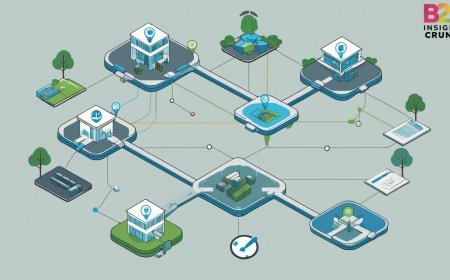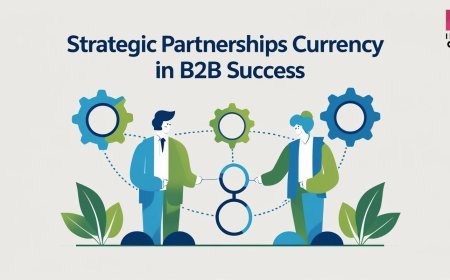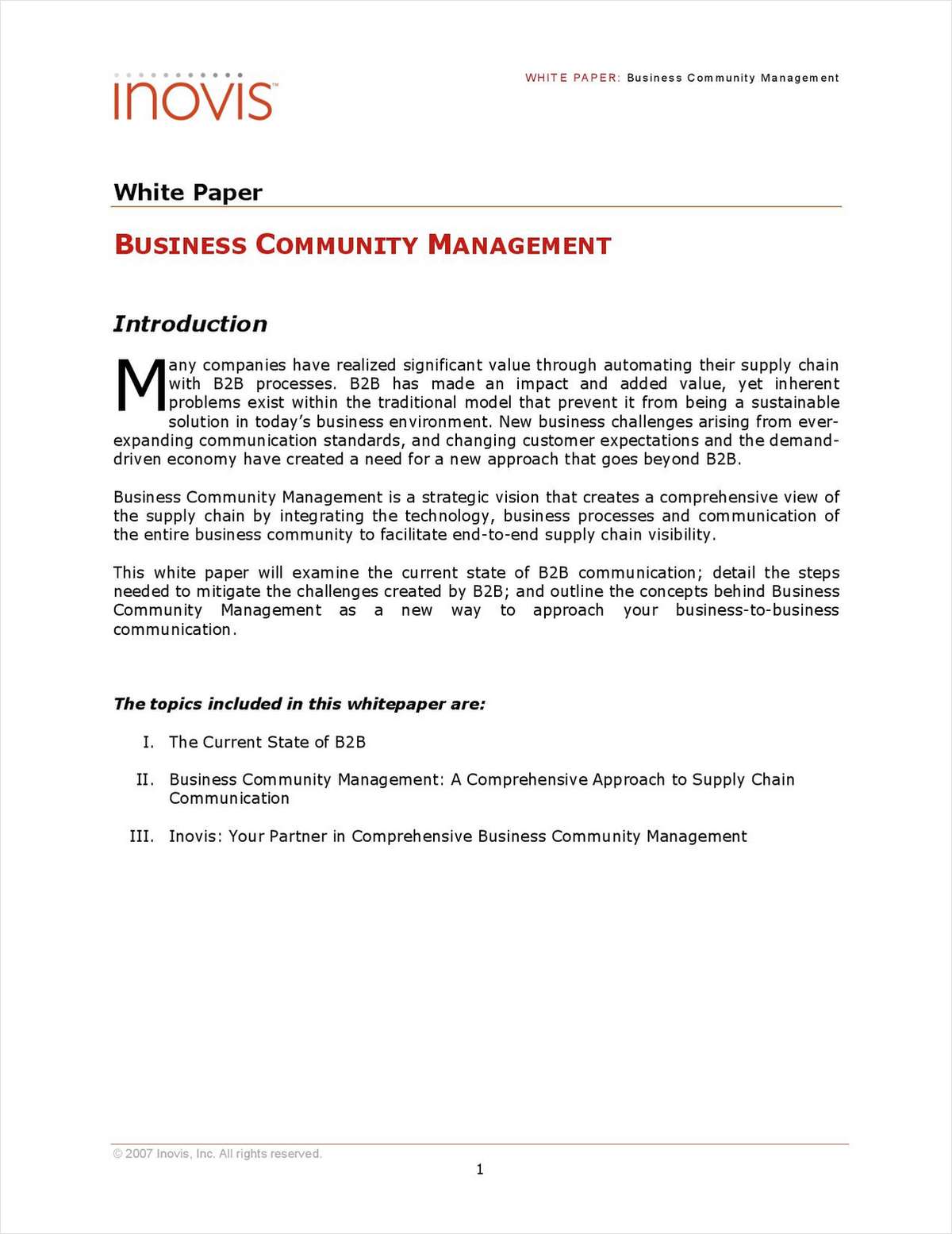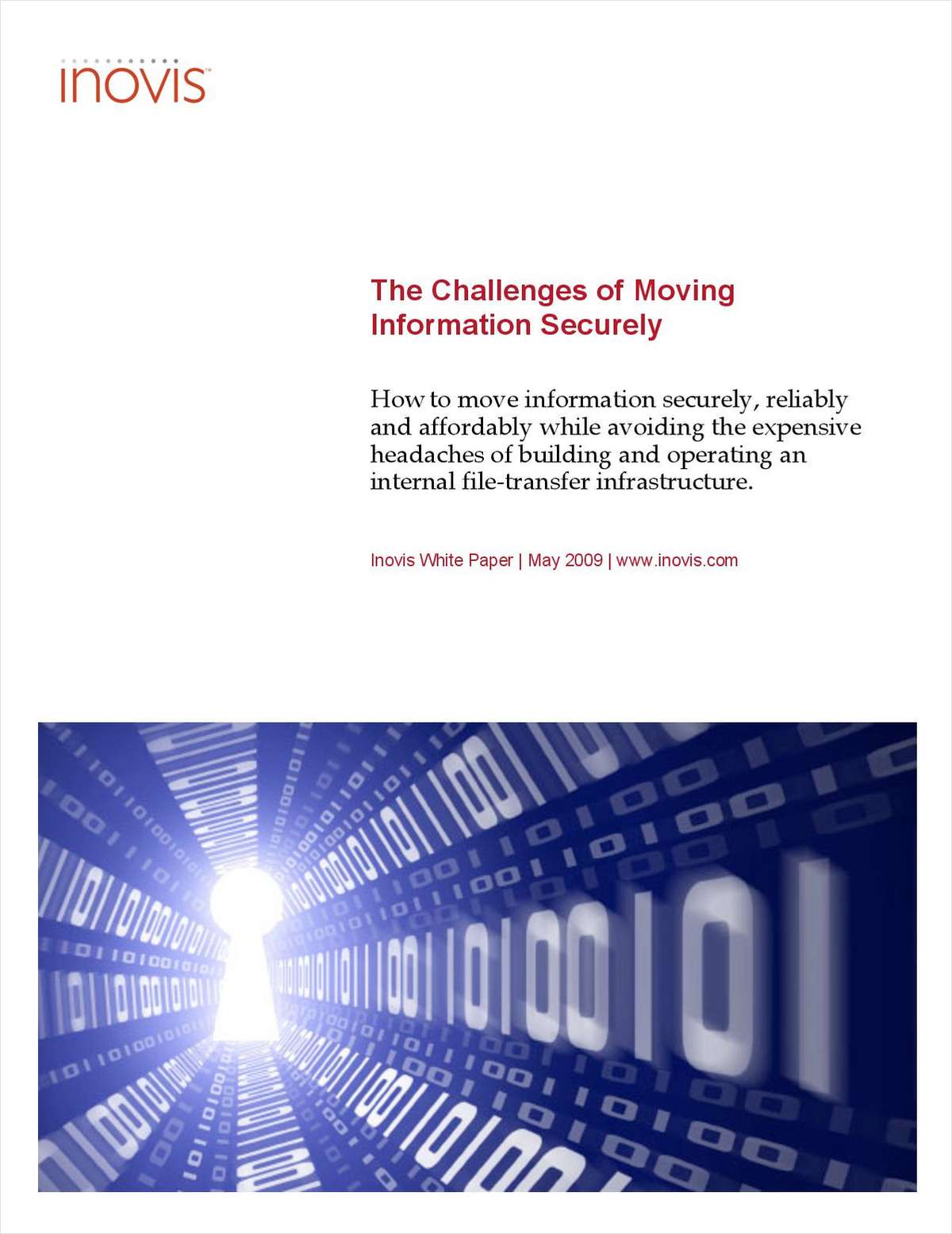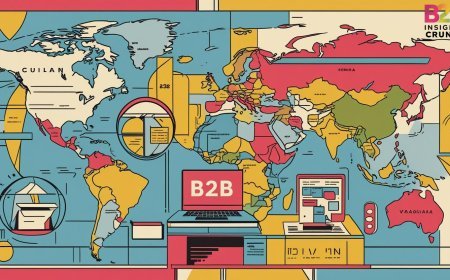The Rise of Subscription and As-a-Service Models in B2B

The Rise of Subscription and As-a-Service Models in B2B
The business landscape is undergoing a profound transformation, and nowhere is this more evident than in the shift toward subscription and as-a-service (aaS) models within the B2B world. What began as a consumer trend-think streaming services or monthly software subscriptions-has rapidly expanded into business-to-business relationships, fundamentally changing how companies buy, sell, and deliver value.
At its heart, the rise of subscription and as-a-service models in B2B reflects a shift from ownership to access. Rather than making hefty upfront investments in products, equipment, or software, businesses now increasingly prefer flexible, ongoing arrangements that align costs with actual usage and evolving needs. This change not only helps companies better manage cash flow but also creates opportunities to scale up or down without the burdens of long-term commitments.
One of the key advantages of these models is the predictability and transparency they bring to budgeting. When expenses become more recurring and usage-based, finance teams can forecast costs with greater accuracy, avoiding unexpected capital expenditures. This financial flexibility allows businesses to invest more confidently in innovation and growth rather than tying up funds in assets that might quickly become outdated.
Moreover, subscription and as-a-service models foster closer, ongoing relationships between providers and clients. Unlike traditional one-time sales, these models encourage continuous engagement, which drives providers to maintain high levels of service and innovation to retain customers. This ongoing partnership mindset benefits both parties: buyers receive constant updates, improvements, and support, while sellers gain steady revenue streams and deeper customer insights.
The impact of these models goes beyond software, which was once their primary domain. Today, a wide range of industries-from manufacturing and logistics to telecommunications and professional services-are adopting as-a-service approaches. For instance, equipment-as-a-service allows businesses to lease machinery with built-in maintenance, freeing them from the headaches of ownership and upkeep. Similarly, data analytics or marketing services delivered via subscription provide businesses with cutting-edge tools without the need for heavy infrastructure investments.
Technology plays a crucial role in enabling this shift. Cloud computing, IoT, and advanced data analytics have made it easier to offer flexible, on-demand services while capturing valuable usage data that can be leveraged to improve offerings. This has allowed service providers to tailor solutions more precisely and respond quickly to changing client needs, making the customer experience more seamless and personalized.
However, adopting subscription and as-a-service models does come with challenges. Businesses must rethink traditional sales cycles, revenue recognition, and customer success strategies. There’s a need to balance customization with scalability and to ensure security and compliance within ongoing service delivery. Still, companies that navigate these hurdles successfully stand to gain a competitive edge by offering customers convenience, adaptability, and ongoing value.
Looking ahead, the momentum behind subscription and as-a-service models in B2B is unlikely to slow down. As markets become more dynamic and customers more demanding, these models offer the agility and continuous engagement that modern business requires. They transform buyer-seller relationships into true partnerships built on trust, transparency, and shared success.
In essence, the rise of subscription and as-a-service models is reshaping the way B2B companies think about value-not just as a product delivered but as an experience continuously refined and delivered. This evolution is setting the stage for more resilient, customer-centric businesses that thrive in an era where flexibility and innovation are paramount.


